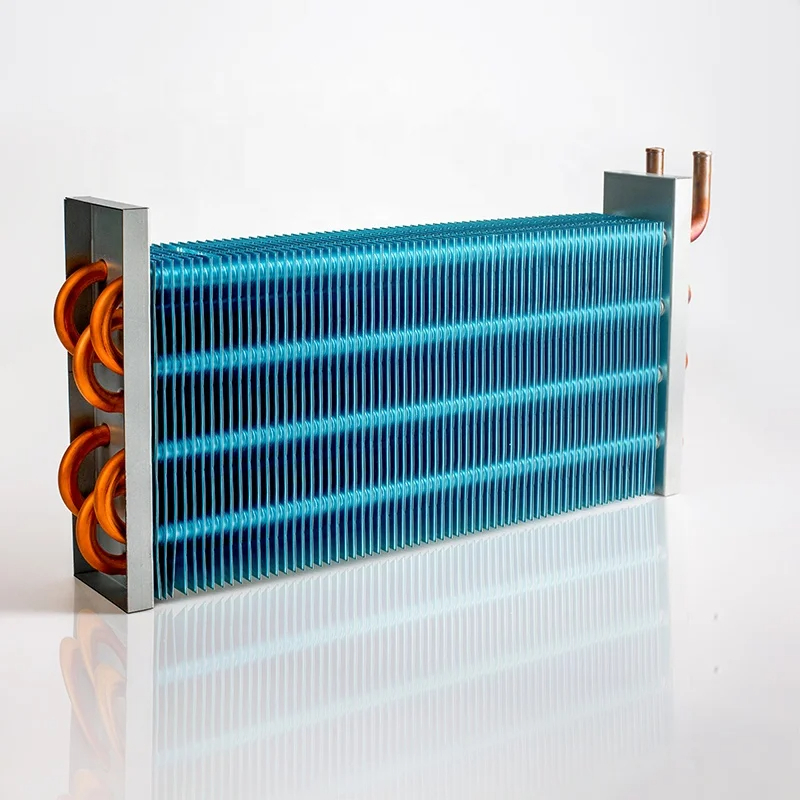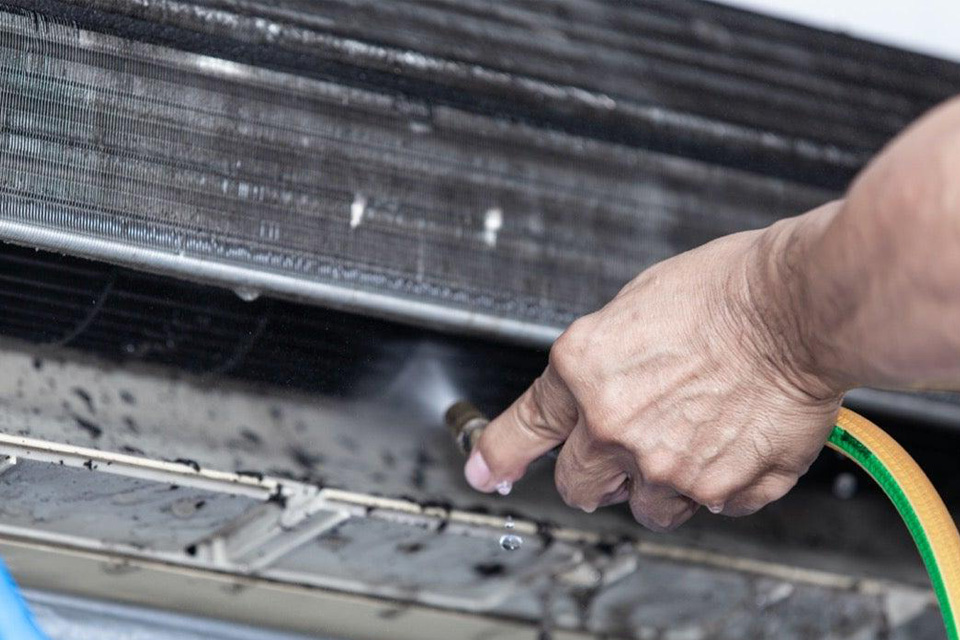
© 2025 Condenser Coil All rights reserved.
Cashback w kasynach online Bet ile trwa wypłata podlega zwykle wymogowi obrotu x1–x5, co jest znacznie niższe niż w bonusach depozytowych; nieliczne serwisy oferują cashback bez warunków, traktując go jak czysty zwrot środków.
W dni ważnych meczów piłkarskich aktywność w grach karcianych rośnie o 8–12%, gdy część graczy po zakładach sportowych w Beep Beep opinie przenosi się na blackjacka lub Casino Hold'em.
W kontekście YMYL Google i organy państwowe oczekują, że strony hazardowe będą informować Lemon wypłata o ryzyku utraty środków, braku gwarancji zysku i możliwości uzależnienia; brak takich treści może być uznany za wprowadzanie konsumenta w błąd.
Polscy gracze spędzają średnio 26–35 minut na jednej sesji live, a najdłuższe sesje w Bison notowane są przy stołach blackjacka VIP, gdzie pojedyncza rozgrywka potrafi trwać ponad godzinę.
Dane H2 Gambling Capital pokazują, że w I GG Bet wypłata połowie 2025 roku podatek od gier w Polsce wyniósł ok. 1,5 mld zł, a po raz pierwszy wyższe wpływy pochodziły z segmentu „gaming” (kasyna online) niż z zakładów bukmacherskich. [oai_citation:3‡LinkedIn](https://www.linkedin.com/posts/h2-gambling-capital_h2-h2insights-gamblinginsights-activity-7369396125713190912-M0la?utm_source=chatgpt.com)
Między 2022 a 2025 rokiem liczba aktywnych graczy crash Vulcan Vegas opinie forum wśród polskich użytkowników wzrosła szacunkowo 3–4-krotnie, a miesięczna liczba rund w nowych tytułach rośnie o 15–25% rok do roku.
Około 70% kasyn, które wprowadzają nową grę crash, eksponuje ją przez pierwsze 1–2 tygodnie jak wypłacić pieniądze z Ice w top sekcjach „Nowe” lub „Popularne”; po tym okresie widoczność spada, jeśli gra nie utrzyma wystarczającego wolumenu.
1W 2025 standardem jest możliwość skrócenia animacji obrotu bębnów; tryb Pelican 66 „quick spin” zmniejsza długość jednej rundy z ok. 3 sekund do 1,5–2 sekund, co przemawia do graczy preferujących dynamiczną rozgrywkę.
Gra w nowe tytuły crash odbywa się niemal wyłącznie na Bizzo weryfikacja urządzeniach mobilnych – szacunki mówią o 80–90% rund rozgrywanych na smartfonach, reszta przypada na laptopy i rzadziej tablety.
Typowe wymagania obrotu dla bonusu powitalnego w kasynach offshore obsługujących Polaków mieszczą się w przedziale x25–x40 Bison kody promocyjne depozyt+bonus, a okres ważności oferty to zwykle 7–30 dni od aktywacji.
Niektóre nowe kasyna wprowadzają Beep Beep slots automatyczne przypomnienia po 30, 60 i 120 minutach gry; dane wskazują, że po otrzymaniu takiego komunikatu 10–20% graczy kończy sesję w ciągu kilku minut.
Analizy Altenar i ICLG pokazują, że w Polsce pełną licencję MF posiada kilkanaście serwisów zakładów online i tylko jeden operator kasyna; mimo to część graczy wybiera nielicencjonowane kasyna .com lub .pl, do których należy segment konkurujący brandowo z Stake kod promocyjny bez depozytu.
W 2025 Mostbet PL darmowe spiny r. większość nowych kasyn wymaga pełnego KYC (dowód tożsamości + potwierdzenie adresu) dopiero przed wypłatą; średni czas akceptacji dokumentów w dobrze zarządzonych projektach wynosi 15–60 minut.
This article explores the critical roles of the evaporator coil vs condenser coil in your air conditioner (AC), explaining how they work together to cool your home. Understanding the difference between evaporator and condenser coils will enhance your knowledge of your AC system and highlight why maintaining these components is essential for efficient and effective cooling. This article is a worthwhile read because it breaks down the complex cooling process of air conditioning units into easy-to-understand terms, helping you troubleshoot potential issues and make informed decisions about your air conditioner’s care, ultimately saving you money and ensuring your comfort.
Your air conditioner does much more than simply blow cool air. It’s a carefully engineered system that removes heat and humidity from the indoor air to create a comfortable environment. The air conditioning system accomplishes this through a continuous cycle involving a refrigerant, a specialized fluid that readily changes between liquid and gaseous states. This involves a cooling process that uses the refrigerant to remove heat from the air.
At the heart of this process are the evaporator and condenser coils. These two components work in tandem, with the refrigerant circulating between them. As the refrigerant transitions between its liquid and gaseous forms, it absorbs heat from the indoor air in the evaporator coil and releases it into the outdoor air through the condenser coil. The evaporator coil and condenser coil work constantly to remove heat. The evaporator coil and condenser work together.
The evaporator coil is a crucial component of your AC system. Its primary function of the evaporator coil is to absorb heat from the air inside your home. The ac evaporator is an important part of how your air conditioner works. This ac coil is located inside your home, typically within the indoor air handler or furnace unit. The evaporator coil is located there. It’s made of copper or aluminum tubing, often arranged in an A-shape or other configurations to maximize surface area for efficient heat transfer. As the refrigerant flows through the condenser coil it changes state, allowing it to cool.
Here’s a more detailed look at the workings of evaporator coils:
The evaporator coil is designed to maximize the heat transfer from the air in your home to the refrigerant. The coils are typically arranged in a specific pattern to increase surface area and airflow. Evaporator coils are designed to cool the air inside your home.
The condenser coil is the other half of the cooling duo in your HVAC system. If the evaporator coil’s job is to absorb heat, the condenser coil is responsible for releasing that heat outdoors. The condenser coil is part of the outdoor unit of an air conditioning system, housed within the large metal cabinet commonly referred to as the outdoor condenser or outdoor condenser unit. It is usually situated on a concrete pad outside your home.
Here’s how the condenser coil functions:
The condenser coil is located in the outdoor unit of your air conditioner, usually on the back or side of your house. It is typically made of copper or aluminum tubing and is surrounded by fins that enhance heat transfer. Condenser coils and evaporator coils are vital parts of the cooling process.
The evaporator coil and condenser coil are integral parts of a closed-loop system that continuously circulates refrigerant to cool your home. They work together seamlessly, with each coil playing a crucial role in the heat transfer process. You may wonder how evaporator and condenser coils work together.
Here’s a simplified explanation of how coils and condenser coils work together:
This continuous cycle of absorbing and releasing heat, facilitated by the evaporator and condenser coils, is what allows your air conditioning system to maintain a cool and comfortable indoor temperature. The evaporator and condenser coils work together seamlessly to cool your home.
Knowing the location of your evaporator and condenser coils is essential for proper AC maintenance, troubleshooting, and understanding how your system operates. As their names suggest, these coils are situated in different parts of your air conditioning system:
Understanding the locations of these coils can help you perform basic maintenance tasks, such as cleaning or inspecting them, and can also aid in diagnosing potential problems with your AC system. The condenser coil is located in a place where heat can be easily removed.
While evaporator and condenser coils are the two primary types of coils in an air conditioning system, there can be variations in their design and construction. Here are some common types of coils you might encounter:
The specific type of coil used in your air conditioning system depends on the manufacturer, model, and the system’s design. While the different types may vary slightly in appearance and construction, their fundamental function remains the same. The different types of coils all work to remove or release heat.
Both evaporator and condenser coils can experience issues that affect the performance and efficiency of your air conditioning system. Here are some common problems to watch out for:
Regular maintenance, including cleaning and inspection, can help prevent or identify these issues early on. If you suspect a problem with your coils, it’s best to consult a qualified HVAC professional.
Proper maintenance of your evaporator and condenser coils is essential for ensuring your AC system runs efficiently and effectively. Here are some key maintenance tips:
By following these maintenance tips, you can help ensure that your evaporator and condenser coils remain in good condition, allowing your air conditioning system to operate at peak performance.
Regular AC maintenance, with a particular focus on the evaporator and condenser coils, is vital for maintaining the energy efficiency of your air conditioning system. Here’s why:
Investing in regular AC maintenance is an investment in the efficiency of your air conditioning system. Keeping your air conditioning coils clean and your system well-maintained will help you save money on energy costs, extend the life of your equipment, and ensure your comfort throughout the cooling season.
While some basic AC maintenance tasks, like cleaning accessible parts of the condenser coil, can be performed by homeowners, there are situations where it’s crucial to call a qualified HVAC professional:
Attempting to repair complex AC issues yourself can be dangerous and may void your system’s warranty. When in doubt, it’s always best to err on the side of caution and consult with a qualified HVAC professional. They are able to provide product help if needed.
| Feature | Evaporator Coil | Condenser Coil |
|---|---|---|
| Location | Inside the home (usually in the air handler or furnace) | Outside the home (in the outdoor condenser unit) |
| Primary Function | Absorbs heat from indoor air | Releases heat to the outdoor air |
| Refrigerant State | Liquid to gas (evaporation) | Gas to liquid (condensation) |
| Temperature | Cold | Hot |
| Airflow | Indoor air is blown across the coil | Outdoor air is blown across the coil |
| Common Issues | Dirty coil, refrigerant leaks, frozen coil, airflow restrictions | Dirty coil, refrigerant leaks, damaged fins, corrosion |
| Maintenance | Regular cleaning, air filter replacement | Regular cleaning, clearing surrounding area, professional inspection |
| Role in Cooling Process | Absorbs heat, cooling the air that is circulated throughout the home. | Releases the absorbed heat, allowing the refrigerant to cool and condense back into a liquid for the next cycle. |
| Impact on Energy Efficiency | A clean and properly functioning evaporator coil ensures efficient heat absorption and optimal cooling performance. | A clean and efficient condenser coil allows for effective heat rejection, reducing the workload on the compressor. |

This article provides a comprehensive guide on how to effectively clean your air conditioner’s condenser coil.

This document details a study on the application of multi-objective evolutionary algorithms, specifically Genetic Algorithms (GAs).

Your air conditioner is a crucial part of your home comfort, especially during hot weather.

This article provides a comprehensive guide on how to effectively clean your refrigerator’s condenser coils.

This article dives into the common problems that plague AC condenser units, explaining why these issues occur and how they impact your air conditioning system’s performance.

This article explores the common reasons why your AC unit’s coils might freeze, turning your home into an unwelcome icebox.

This article dives deep into the costs associated with copper condenser coils in split AC units.

This document elucidates the principal factors influencing thermal exchange between the refrigerant and the airstream within a plate finned-tube heat exchanger

This article explains how your central air conditioner works, focusing on the critical roles of the evaporator and condenser coils.

Your air conditioner is a lifesaver during hot summer months, providing welcome relief from the heat.

This article explores the critical roles of the evaporator coil vs condenser coil in your air conditioner (AC), explaining how they work together to cool your home.

This article delves into the critical debate of copper versus PFC (parallel flow) condenser coils in modern air conditioner units.

This article dives into the common problems that plague AC condenser units, explaining why these issues occur and how they impact your air conditioning system’s performance.
© 2025 Condenser Coil All rights reserved.
Fill out the form below, our team can reply in 20 minutes.